The Dual Edge of Innovation
Navigating Tech and Ethics
Fashion Technology is no longer a side trend, it is the infrastructure shaping the future of style.
Digital Fashion and the metaverse are redefining how we consume culture, while innovations in textiles such as fiber recycling, waste reduction, and sustainable materials are tackling fashion’s most urgent sustainability flaws.
The digital product passport signals a systemic shift: accountability and traceability are becoming measurable assets, not marketing slogans, and brands that fail to adapt risk being left behind.
Textile Advancements
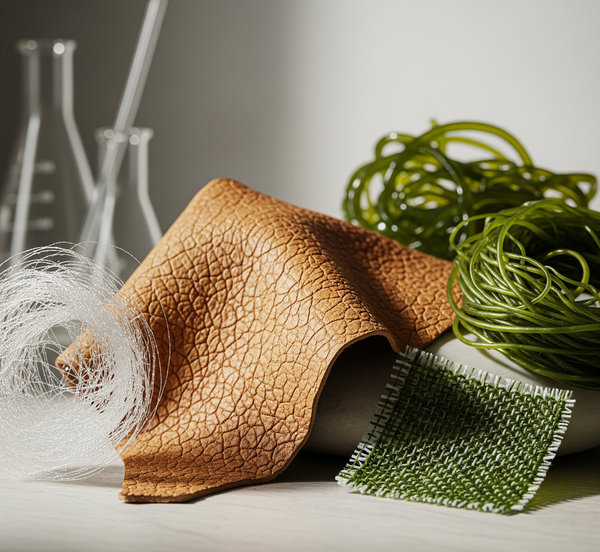
Biomaterials
- Mylo (Bolt Threads) and Reishi (MycoWorks): mushroom-based leather. Replaces genuine leather and toxic vegan leather.
- Lab-grown spider silk: biodegradable, replaces synthetic polyester and nylon, reducing microplastics and petroleum dependence.
- Algiknit: algae-based fibers, low water and land usage, replacing pesticide-intensive cotton.
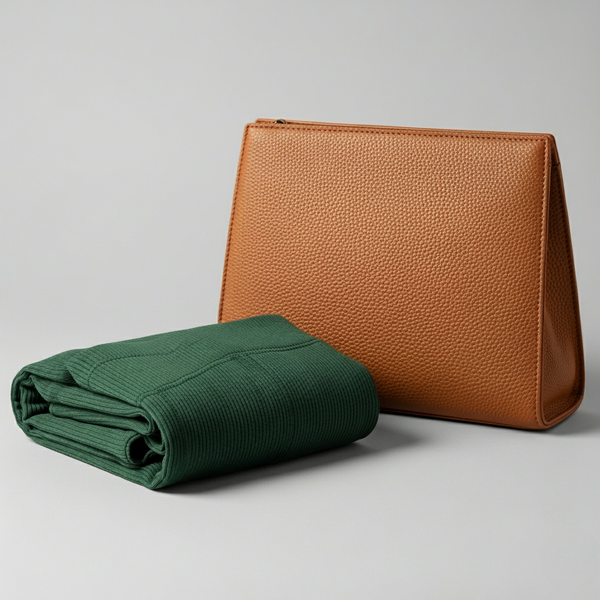
CO₂ Textiles
- CleanCloud polyester (LanzaTech): made from captured industrial carbon, replacing virgin polyester from fossil fuels.
- AirCarbon (Newlight Technologies): biomaterial from greenhouse gases, replacing conventional plastics and synthetic fibers.
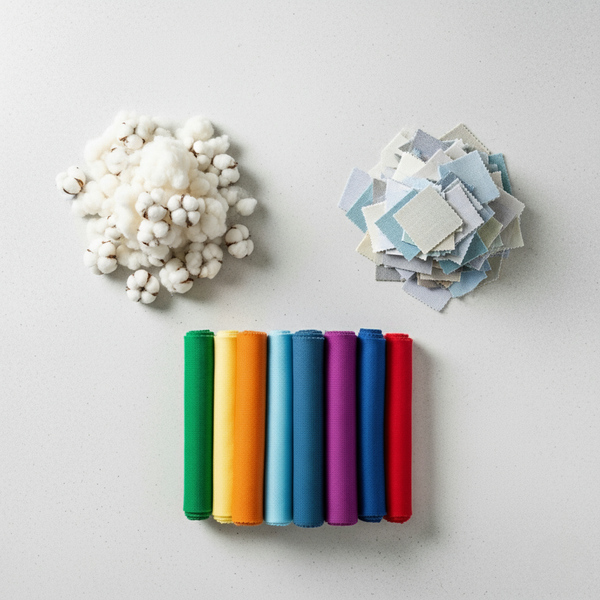
Fiber Recycling
- Evrnu (Nucycl fiber): regenerates cotton waste multiple times, replacing virgin cotton and mixed-fabric waste that would go to landfill.
- Circ: separates polycotton blends for reuse, reducing polyester-cotton blends that are hard to recycle.
- Worn Again Technologies: recycles PET bottles and textiles into new fabrics, replacing single-use synthetics and virgin fibers.

AI and Personalization
AI trend forecasting: Platforms like WGSN and Heuritech use AI to predict style shifts with accuracy, helping brands cut overproduction and move toward sustainable fashion.
Personalized beauty: Proven Skincare and Function of Beauty leverage AI to design custom products, aligning with both sustainability and inclusivity.
Virtual try-ons: Tools like L’Oréal’s ModiFace bring digital fashion into everyday shopping. They let customers test products virtually, reducing returns and unnecessary waste.
Data Pravicy
Access
Virtual try-ons and AR tools increase satisfaction by 20%.
Platforms let sustainable brands reach global audiences.
Ethical tip: Share minimal data, adjust permissions, pick transparent platforms.
Privacy
Personal data from apps and e-commerce is often collected without consent.
Algorithms can favor certain skin tones, body types, or fashion styles.
79% of Americans worry about data misuse (Pew, 2024).
Ethical tip: Use privacy settings, demand inclusive design, and leverage VPNs.
Surveillance
Data exploitation drove $300B in ad revenue (2024), targeting fashion and beauty consumers.
Digital infrastructure and blockchain increase energy use.
Ethical tip: Support data-ethical, sustainable brands; advocate for GDPR and Right to Repair; use energy-efficient platforms.
Ethical Action
Technology can improve lives, but bias, privacy loss, and environmental harm demand action.
Inclusive design, strong regulations, and sustainable practices ensure tech benefits everyone.
Tip: Consumers, brands, and governments must work together to align innovation with ethics.
Tech and Responsibility
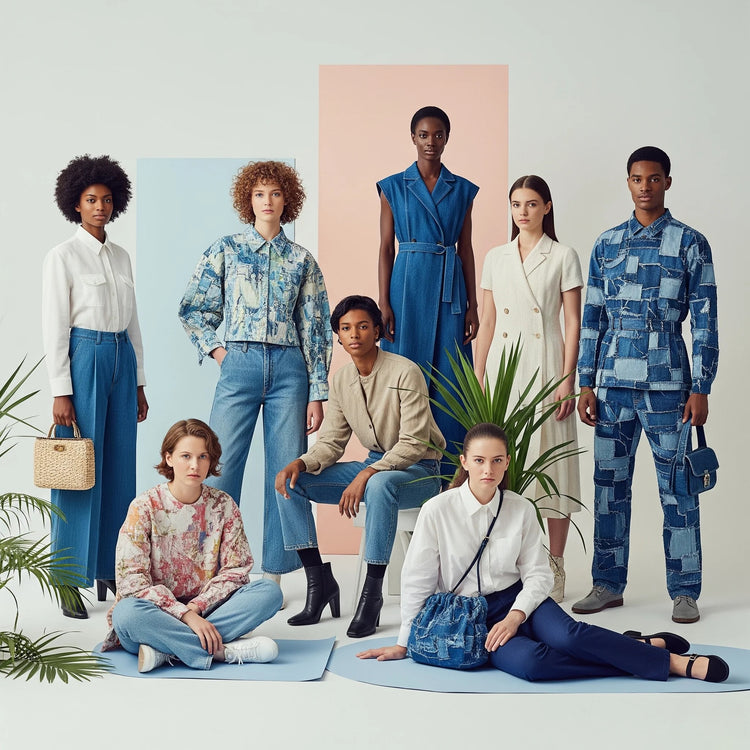
For People
Digital Product Passports make supply chains transparent, exposing unsafe working conditions and unfair wages.
AI trend forecasting can reduce overproduction, but also risks excluding diverse cultural input and erasing creative jobs.
Automation in production may cut labor exploitation or simply replace workers with machines.
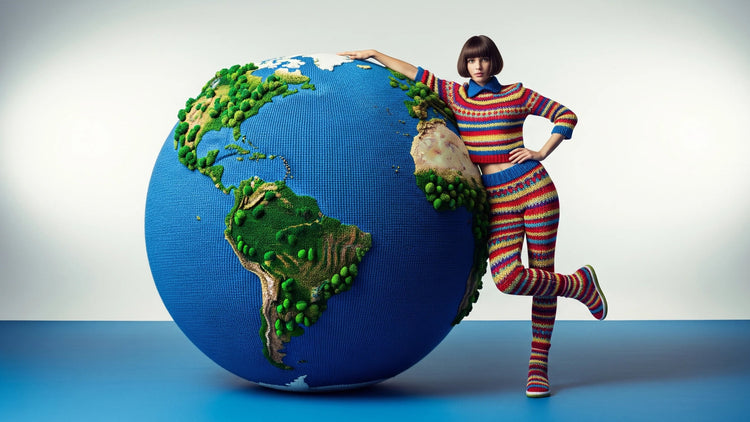
For the Planet
Blockchain and NFTs offer traceability but come with a heavy energy footprint if powered by non-renewables.
Virtual fashion and beauty reduce physical waste and overproduction but increase digital carbon emissions through server use.
E-waste crisis: 62M tons in 2024, hitting the Global South hardest; only 5% of devices are repairable
The biggest ethical question: does tech truly replace harmful practices, or just shift the impact elsewhere?

For Animals
Biotech beauty (lab-grown collagen, synthetic squalane) eliminates sourcing from sharks and whales.
AI testing models replace rabbits and mice in toxicology trials.
Digital fashion and metaverse cosmetics reduce demand for animal-derived materials altogether.
Take Away
Fashion and beauty are being rewritten by technology, but progress comes with responsibility. Biomaterials replace toxic textiles and protect animals. AI and digital tools can reduce waste and overproduction while reshaping labor and creativity. Digital product passports and blockchain make accountability measurable. Ethics, transparency, and sustainability determine which brands and technologies will shape the future.
Ethics
Ethics & People
Ethics & People
Behind every thread and formula is a choice: dignity or exploitation, sustainability or harm. Let's unpack the hidden costs of fashion and beauty, and explore how conscious design can reshape our future.
Read more
Ethics & Animals
Ethics & Animals
The world of fashion and beauty captivates with its promise of elegance and allure—luxurious textures, vibrant hues, and the dream of transformation. Yet, beneath this glittering facade lies a stark, often brutal reality: a profound ethical crisis impacting countless animals, from the smallest silkworm to the largest cattle.
Ethics & Planet
Ethics & Planet
The fashion and beauty industries are major contributors to climate change, pollution, and global environmental inequality. This section examines the environmental impact of production, waste, and resource use, along with the systemic effects on marginalized communities. It highlights current challenges, evolving regulations, and emerging solutions aimed at building a more ethical and sustainable future.





